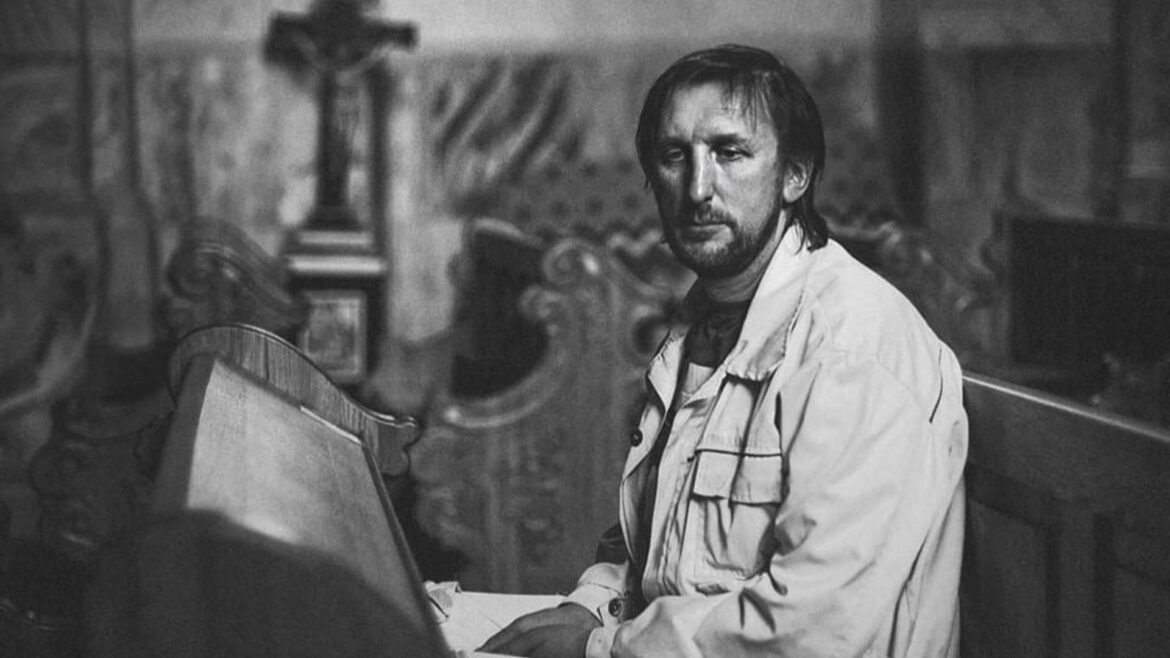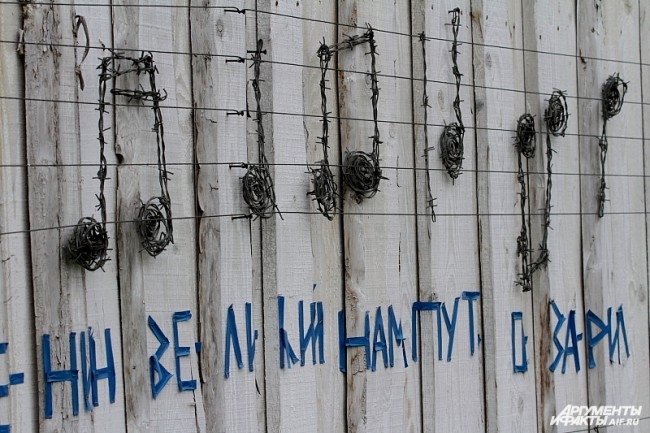Без рубрики
On the night of 11 July, Belarusian artist and political prisoner Ales Pushkin died under unclear circumstances in the intensive care unit of Hrodna hospital at the age of 57. This was reported by his wife, Yanina Demukh, on her Facebook page.
Ales Pushkin is a non-conformist artist, performer, author of the manifesto of social art, organiser of political actions and the first unsanctioned march in Minsk.
In 2022, the artist was sentenced to five years in a high-security colony. He was accused of abuse of state symbols and incitement of racial, national, religious or other social enmity or discord. The reason for the criminal case was the placement of a portrait of Yauhen Zhikhar with a rifle on his shoulder at the exhibition.
Ales Pushkin served six months in Hrodna prison, where he was transferred from the colony. During the short time in Hrodna prison he lost 20 kilograms.
Ales Pushkin is the third Belarusian political prisoner, who died before his release. Vitold Ashurak died in Mahiliou prison in May 2021, Mikalai Klimovich died in Vitsebsk colony in May 2023.
The history of the museum “Perm-36” as in a drop of water reflects the history of Russia over the past thirty years.
It began in an era of never-before-seen freedom: archives were opened, thousands of repressed were rehabilitated, monuments were erected to them. The young democratic country looked with horror into its recent past, trying to honestly comprehend and survive this collective trauma.
At this time, since 1992, on the ruins of the former political zone Perm-36, work began on the creation of a museum of the history of political repressions, which was opened in 1995. The museum’s Governing Council included the famous “memorialists” Arseniy Roginsky and Alexander Daniel, President of the Glasnost Defense Foundation Alexei Simonov, Russia’s first Commissioner for Human Rights Sergei Kovalev, and other former dissidents and prisoners of the Perm-36 camp.
But 20 years have passed – and it was a completely different country. The civil society of Russia, which for the first time so solidarily and massively came out in defense of honest elections in 2011, faced a harsh reaction from the authoritarian government. The criminal prosecution of protesters, pressure on human rights organizations, the gradual closure of international projects and initiatives, and finally, the “Law on Foreign Agents”, adopted in 2012 (and in 2022, by the decision of the ECtHR recognized as violating human rights) – all this made the atmosphere in the state everything more suffocating and unfree.
It was during these years that the already world-famous Perm-36 Museum was a platform for the most grandiose civic events – the Pilorama forums, which brought together politicians, human rights activists, journalists, musicians and artists from all over the world. The depth, sharpness and obsceneness of political statements at the Pilorama sites seemed incredible against the backdrop of ever more tightening screws in the country. This short period even brought Perm the glory of the “liberal capital of Russia”.
It all ended abruptly, although it was expected: in 2013, it was not possible to hold the Pilorama forum; In 2014, as a result of intrigues and litigation, the management of the museum complex from ANO Perm-36 passed into state hands, and the founders of the museum – Viktor Shmyrov, Tatyana Kursina and their team – were declared foreign agents. At the disposal of the new administration of the museum were archives, a collection collected over 20 years of work. But its main task was the total re-profiling of the museum and the exclusion from its agenda of any mention of Soviet human rights activists of the 70-80s. Today, the museum exposition does not contain information about the motives and methods of dissidents struggle and about the true reasons for their camp terms in the monstrous conditions of the “Perm triangle” (Perm-35, Perm-36 and Perm-37 zones).
On photo: An art object left in the museum since the Pilorama Forum



